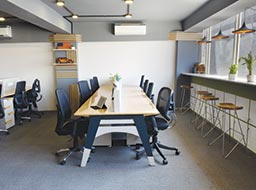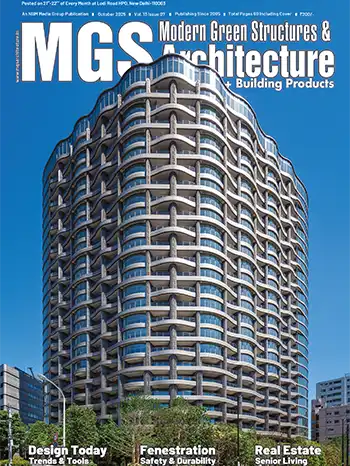
Eye Catchers

The Spatial Stimuli

Exciting Year Ahead for Co-working Segment

Energizing Ambience

Wood's Beauty

Portraying Indian Heritage

Integrating Business & Leisure

The Language of Design

Bringing Visual Integrity

Understated & Inspiring

Raw & Industrial

Optimal Utility

The Decluttered Workspace

Vibrant & Collaborative

A Study in Transcendental Dichotomy

Why Are World's Leading Companies Focusing So Much on their Office Design?

Engaging the Workforce

Light for Façade – Façade for Light

An Urban Oasis

Tetris-ing the Built Ideology

Landmark Office Tower in Shenzhen

Fostering Community Interactions

Mission Made Possible by Ar. Sanjay Goel, Designex Architects






